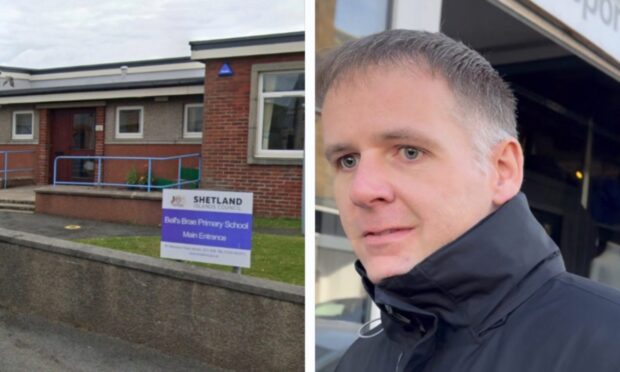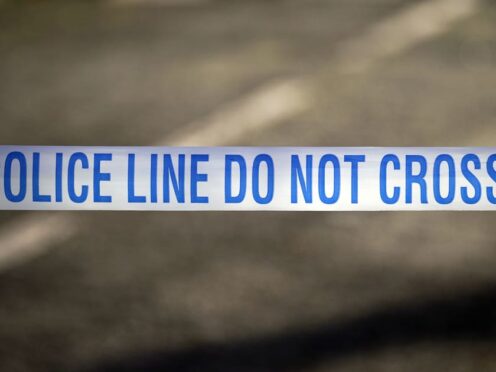Tens of thousands of solo workers across Tayside and Fife, left facing uncertainty following the coronavirus-enforced lockdown of the UK, will have their earnings covered by the UK Government.
Chancellor Rishi Sunak has announced a support package for self-employed people which will cover 80% of average intake over the past three years – however it is not expected to come into force until June.
The Self-Employed Income Support Scheme has been capped at £2,500 per month.
The most recent figures show there are 20,700 self-employed workers in Fife, 14,800 across Perth and Kinross, 7,500 in Dundee and 7,800 in Angus.
Mr Sunak told a press conference: “To support those who work for themselves, today I am announcing a new self-employed income support scheme.
“The government will pay self-employed people who have been adversely affected by the coronavirus a taxable grant worth 80% of their average monthly profits over the last three years, up to £2,500 a month.”
The scheme will be open for at least three months.
The Chancellor added: “And, I will extend it for longer if necessary. You will be able to claim these grants and continue to do business.”
“To make sure that the scheme provides targeted support for those most in need it will open to anyone with trading profits of up to £50,000.”
However Mr Sunak said the scheme will be available “no later” than the beginning of June.
He said that it is open to anyone with trading profits of up to £50,000 and will be only available to those who make the majority of their income from self-employment so only the “genuinely self-employed” benefit.
“To minimise fraud, only those who are already in self-employment who have a tax return for 2019 will be able to apply,” he said.
“95% of people who are majority self-employed will benefit from this scheme.
“HMRC are working on this urgently and expect people to be able to access this scheme no later from the beginning of June.”
1/ I’m proud of what we’ve done so far, but I know that many self-employed people are deeply anxious about the support available for them.
So to support those who work for themselves, today I am announcing a new Self-Employed Income Support Scheme. pic.twitter.com/wJQZzNFOCH
— Rishi Sunak (@RishiSunak) March 26, 2020
Mr Sunak said those eligible will be contacted by HMRC and the money will be paid into their bank accounts.
And he said anyone who missed January’s filing deadline will have four weeks to submit their tax return so no-one misses out on support.
For people who are struggling right now, self-employed people can access business interruption loans, and self-assessment income tax payments can be deferred until the end of January, Mr Sunak said.
He added that self-employed people can now access Universal Credit in full.
The very recently self-employed will not be included in the scheme and must look for welfare support.
Mr Sunak said: “For those who are very recently self-employed, we cannot operate a scheme like this, there’s too much complexity both operationally and fraud risk with that, so we would have to say to those people please look at the extra support we’ve put into the welfare system to help you at this time.
“But, as I’ve said, this covers the vast, vast majority of people.”
Taking a question on the scheme to help the self-employed, Mr Sunak said the average earnings of those not covered by the state aid were those earning more than £200,000 per year.
“Of the people it does not cover, those last 5%, those above the income threshold we set, their average incomes are about £200,000,” said the Chancellor.
“We think what we have done is reasonable, proportionate and fair, and, like I said, covers 95% of all self-employed people who make the majority of their earnings from self-employment.
“I think it is a very generous scheme in that regard and treats them with the same parity as the employed.”









